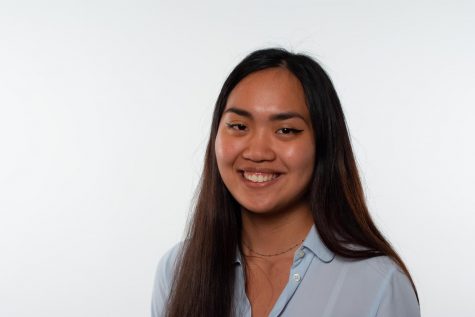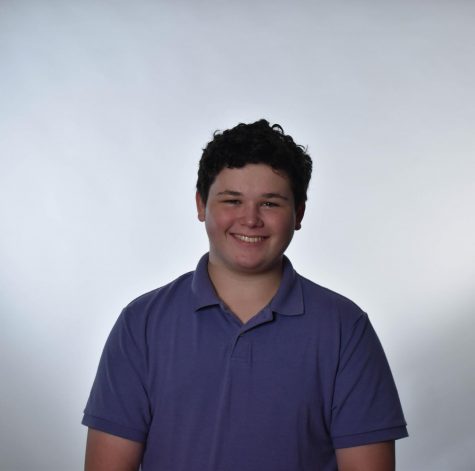From the expansion of I-4 to the construction of new theme parks and high-rise buildings, the city of Orlando has undergone a period of urban development for the past four decades. For many, the concept of growth is often associated with positive changes and sparks feelings of excitement. However, to lower-income residents in Parramore, the word growth raises concerns.
For the past 15 years, the downtown Orlando area has been expanding into Parramore with the construction of new high-rise buildings and renovation of shops. Shannea Akins owns Nikki’s Place, a popular soul-food restaurant in Parramore, and has seen the area’s development over the years.
“Parramore has been stripped of its beauty for years,” Akins said. “Many developers come in and start projects and then abandon them which leaves the area looking run down and half-finished.”
This process has resulted in skyrocketing rents for residents and the displacement of many families.
“The area of Parramore grew out of a history of segregation,” Assistant Dean of Students and Social Science teacher Tatiana Mckinney said. “Developers are renovating on land that’s already owned. This is problematic because we’re rebuilding Parramore to make it more desirable for people with higher salaries.”
A recent study conducted by the University of Central Florida found that the child poverty rate in the neighborhood has increased to 73 percent and the median household income has remained stagnant at $13,613. On Zillow, median rent in Parramore has increased from $916 in March 2014 to $1,235 in 2019, and housing prices have more than doubled.
“The neighborhood has had a history of crime, poverty and institutional racism,” Mckinney said. “We need to create more affordable opportunities when rebuilding so we’re not
pushing out residents.”
However, this same urban growth provides the backbone of the Orlando economy. The construction of the Orlando City soccer stadium has brought in thousands of dollars in city revenue but has also led to residents of Parramore experiencing higher rents.
“The flip side of improved infrastructure is driving up rent averages, buying people’s
homes at low prices that don’t really give them enough money to buy elsewhere while simultaneously knowing they’ll sell the homes at higher prices upon improving the neighborhood, and removing infrastructure that currently helps house homeless populations,” Forensics Director and Social Science teacher Nathan Johnston said.
Reversing the damages this renewal has caused may not be feasible, but it’s possible to prevent the same situations Parramore is facing from occurring in other places.
“The first step in taking action is to become educated on the issue. You can’t change what you don’t know,” Mckinney said.
While this process of renovation has been occurring for over a decade, awareness is the first step in preventing the harms from reoccurring in other areas.
“Pretending that the harms don’t exist just to make the benefits sound better helps no one,”
Johnson said. “Instead, let’s reap the benefits and do things to protect people who might be
harmed.”
Taking action is the next step in creating change within the community. Akins believes one key component of good urban development is holding politicians accountable.
“We as a community can be more responsible for our part in keeping up the area,” Akins said. “The community involvement with the city and making sure to follow up with politicians on their involvement in development projects can reduce the odds of bad urban development.”
On campus, students are able to take action through clubs like Habitat for Humanity.
“At Trinity, we already take a stab at affordable housing through our Habitat for Humanity program,” Head of School Byron Lawson said. “The greatest challenge is how we solve
this issue systematically. How do we take one step towards solving the problem in our community and then repeat it somewhere else?”





